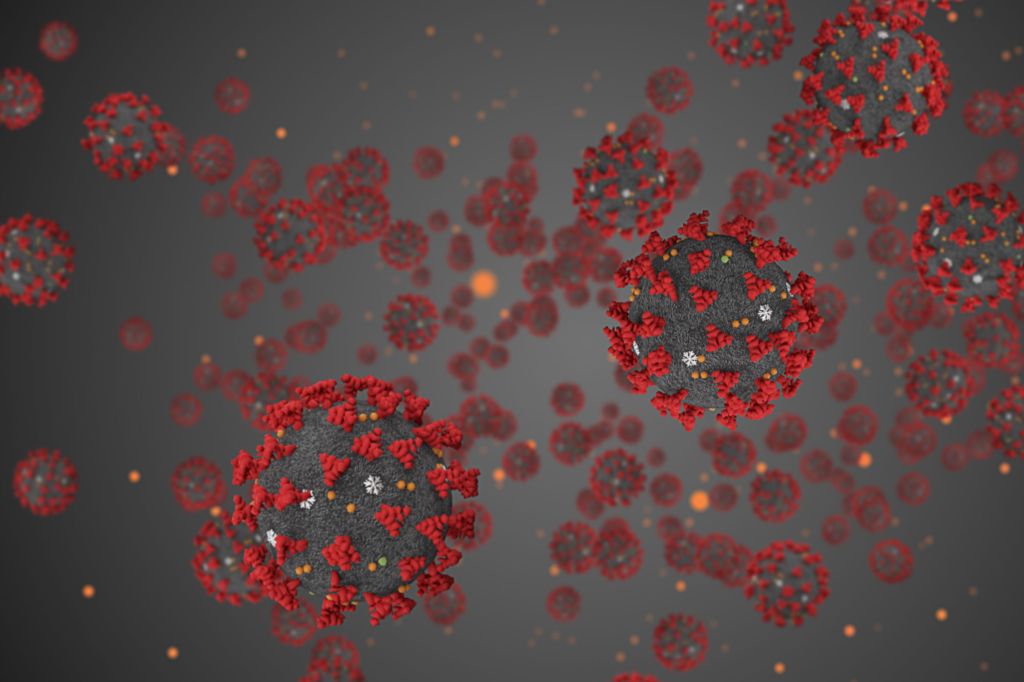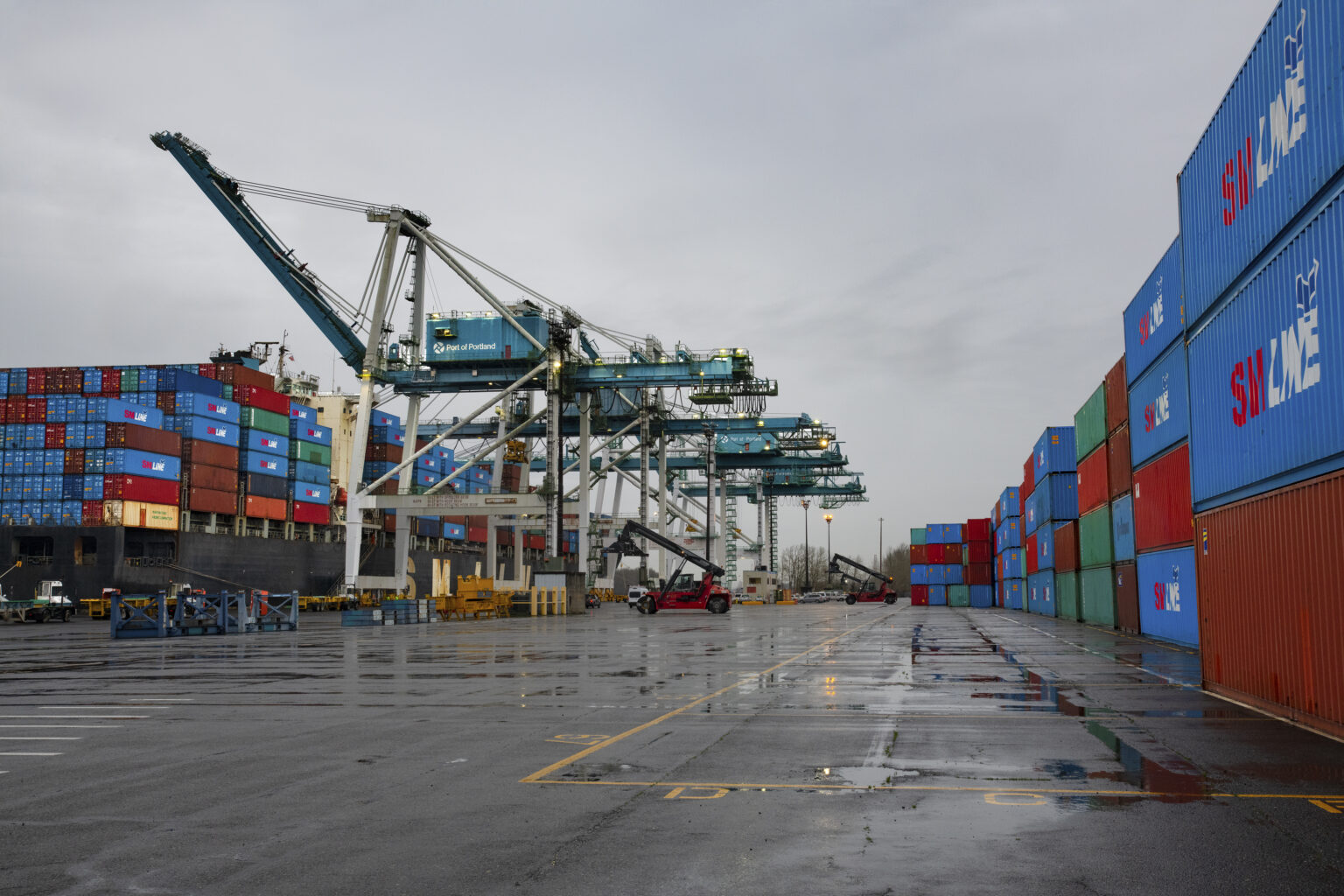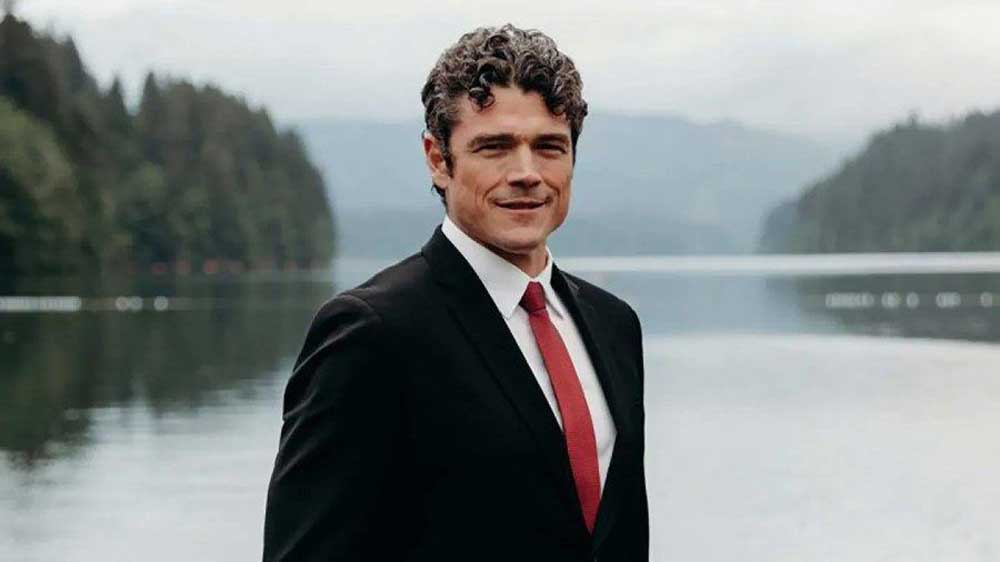Major virus spike hits Oregon as holiday weekend arrives
Published 6:00 pm Thursday, July 2, 2020

- A 3-D rendering of COVID-19 virus, which has killed over 1.15 million Americans since early 2020.
Planning on having a group of friends over for a party this Fourth of July weekend? Going to the beach for fireworks and a picnic?
The Oregon Health Authority has a message for you: Cancel. Now.
Trending
The slam-on-the-brakes request came Thursday as the state recorded 375 new positives cases of COVID-19 — a 33 percent jump over the record set just the day before.
Patterns of the pandemic in Oregon are rapidly shifting. The largest number of new cases — 88 — were recorded in Umatilla County in rural Eastern Oregon.
Health authorities are also seeing fewer big hot spots and more clusters of cases, fueled they believe by increased socializing during the “reopening” of businesses in recent weeks.
State health officials have been encouraging Oregonians to limit their holiday plans to celebrations with immediate family at their own homes.
By Thursday afternoon — the “getaway day” for the holiday weekend that runs Friday through Sunday — the message was ramped up: take a hard look at your plans and throw things into reverse if needed.
“The more people you have over to your house the more likely you are to spread the virus,” said Dr. Paul Cieslak, medical director for infectious diseases and immunizations of OHA Public Health Division.
Trending
Cieslak said all health officials could do is repeat the warning to “avoid these multi-household gatherings,” even if they have already made an RSVP.
“All we can do is drive home the message and hope people get it,” Cieslak said.
Thursday’s spike in cases puts the state on the verge of passing 10,000 total cases sometime this weekend.
Gov. Kate Brown and health experts have relied on pleas for public cooperation that has kept the state on the far low end of infections nationwide. As of Thursday, 209 people have died from COVID-19 in Oregon. Nationwide, the death surpassed 128,000.
The limits of cooperation were starkly illustrated on Thursday with reports and video of Oregon State Police Officers at an Allan’s Coffee & Tea shop in Corvallis on Wednesday refusing to wear masks. Brown had ordered that everyone aged 12 and over wear masks in indoor public places as of July 1.
The Oregonian reported that the coffee shop manager told authorities that he mentioned the rule to the troopers.
“Governor Brown has no authority to take our civil liberties,” the manager said one trooper told him. “We aren’t going to wear masks.” He said the trooper added an expletive with Brown’s name.
The Oregon State Police announced Thursday that one trooper was under suspension pending an investigation into the actions of all of the troopers in the video.
Oregon State Police Superintendent Travis Hampton said if true, the behavior was “embarrassing and indefensible.”
The warning came despite current state rules that allow bars to remain open, attracting a mix of people who are not from the same family and who interact in a closed indoor space. While customers must wear a mask when entering bars or restaurants, they can remove the coverings to eat or drink.
Cieslak said that the state had not seen evidence so far that specific types of businesses were driving the higher numbers. In social gatherings at homes or other venues, he said, people tend to circulate around for numerous conversations with different people.
Unlike a bar, “you’re not holding onto your barstool so you don’t lose it,” Cieslak said.
The state will continue to dig into the numbers it gets daily to see if there are any patterns that emerge.
“We are all operating with less than perfect data,” he said.
The state has learned a number of lessons since the first positive case appeared in Washington County on Feb. 28. The state has kept a close watch on long-term care facilities, which the New York Times has reported make up 55 percent of the fatalities in Oregon. Worksite cases where social distancing and hygiene were not being followed have also been more rapidly addressed in recent months.
Now health officials face a more difficult pair of challenges.
One is the fragmented growth of positive cases into more numerous but less concentrated clusters spread increasingly beyond the Portland and Salem areas that reported the majority of cases and deaths early in the pandemic.
OHA is also seeing an increase in positive cases among those age 20-29. Cieslak noted the statistics that show those under 50 have a less than 1 percent chance of dying from COVID-19. But the exploding number of cases means the virus is more likely to work its way to older or sick Oregonians who face hospitalization and death.
Cieslak said that it will be about a week from Monday before any impact — good or bad — from the July 4th weekend shows up in statistics. That’s about how long it takes for the virus to first manifest symptoms in those infected. But many others who have few or no symptoms can also spread the disease.
Those numbers will drive policy through the rest of the summer — including whether businesses can stay open and how many of the 243,500 jobs lost in Oregon since February will return.
Philip Schmidt, an OHA spokesman, said the message to Oregon the next three days was simple:
“Stay home, wear a mask, stay 6 feet apart, and have a good holiday weekend — apart.”





